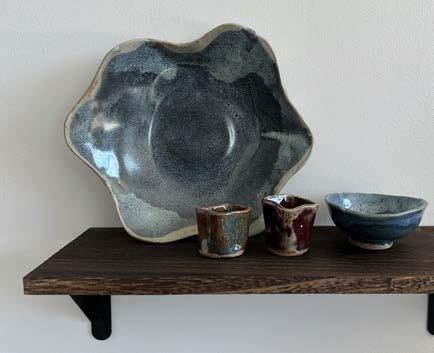
s e l e c t ed wo r k s












s e l e c t ed wo r k s










sustainable sushi bar completed spring 2024 947 2nd ave, new york, ny
Crave Sushi is a fresh sushi restaurant that was created next to its sister restaurant, Crave Fishbar. The owner wanted to create an extention of his brand while also making sure that Crave Sushi stood out on its own, thus leading us to call them “sisters of the sea”. We used wood and other materials to connect Crave Sushi with the existing nautical brand next door, however we used this wood in a variety of ways to harken back to Japanese motifs and echo the rich history of sushi.
Role: Architectural Designer in team of 2 Interior Designers and 1 Project Manager
Involvement : Concept to Completion
Programs Used : Revit, Enscape, Adobe Suite


Goal : Fuse the existing facade with its new sushi sister restaurant while also making it stand out as it’s own. The owner also wanted the sushi restaurant to be a bit more fancy and intimate.
Intervention : I used the same wood as the exisiting space for the slight indention around window and door to tie the two together. However, I used shou sugi ban wood for the majority to connect back to the asian culture of this cuisine while also making this spot a bit more dark and sultery.

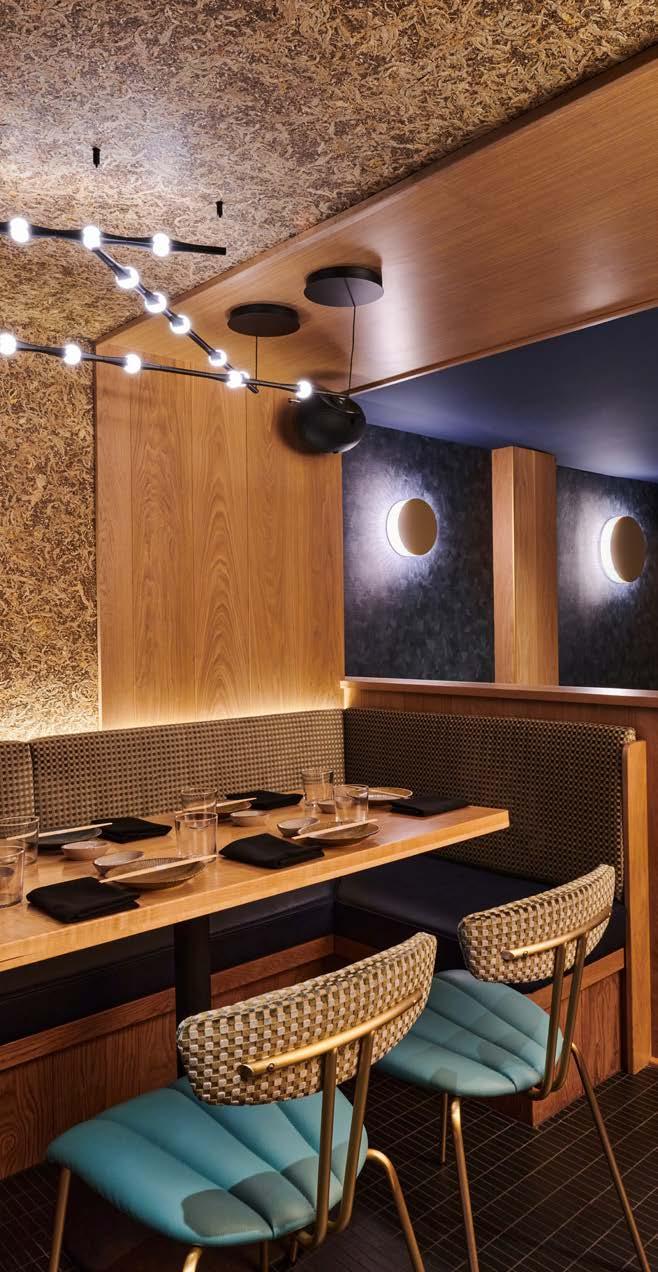

Goal : Make already tight and small space feel intimate and special.
Intervention : We created a bunch of moments throughout the space to allow for different dining atmospheres. The front private dining table by the window for bigger groups (left), the covered banquettes for cozier date nights (below), sushi bar seating for experience (prior page), and a larger back room for more classic seating (above)



Goal : Use architectural details to connect space with Japanese cuisine but not make it too obvious or flashy.
Intervention : One way we accomplished this was we used a darker fuller wood than typical wabi sabi design to keep the space feeling connected to it’s fish sister next door. We instead used detailing to express Japanese roots. This took form in the gantry above the sushi bar and the covered banquettes specifically. We took inspiration from classic Japanese wood joinery to create a space that sets itself apart from its sister but also doesn’t scream sushi in a tacty distracting way.
new build custom marriott hotel to be completed spring 2026 2600 baltimore ave, ocean city, maryland
As Ocean City begins a revitalization, our task as designers was to create a new beach-front hotel that brings a fresh new look to the boardwalk. With the commonly used material, stucco, we created clean and simple forms and allowed the use of wood tones and color to bring it to life. This hotel features both an indoor and outdoor pool along with a full service restaurant and bar - allowing those from the area to come experience a taste of the Springhill. Each hotel room has an ocean view, due to the rotation of the guestrooms, along with a balcony. We wanted to create a place that felt fresh and elevated but also approachable since Ocean City, Maryland has been a beloved vacation spot for families for decades. Our hope is that Springhill will be the first of many efforts to uplift and build up this beautiful ocean boardwalk.
Role: Architectural Designer in team of 1 Project Architect, 3 Interior Designers and 2 Project Manager
Involvement : Winning the project to Construction Docs Programs Used : Revit, Enscape, Adobe Suite
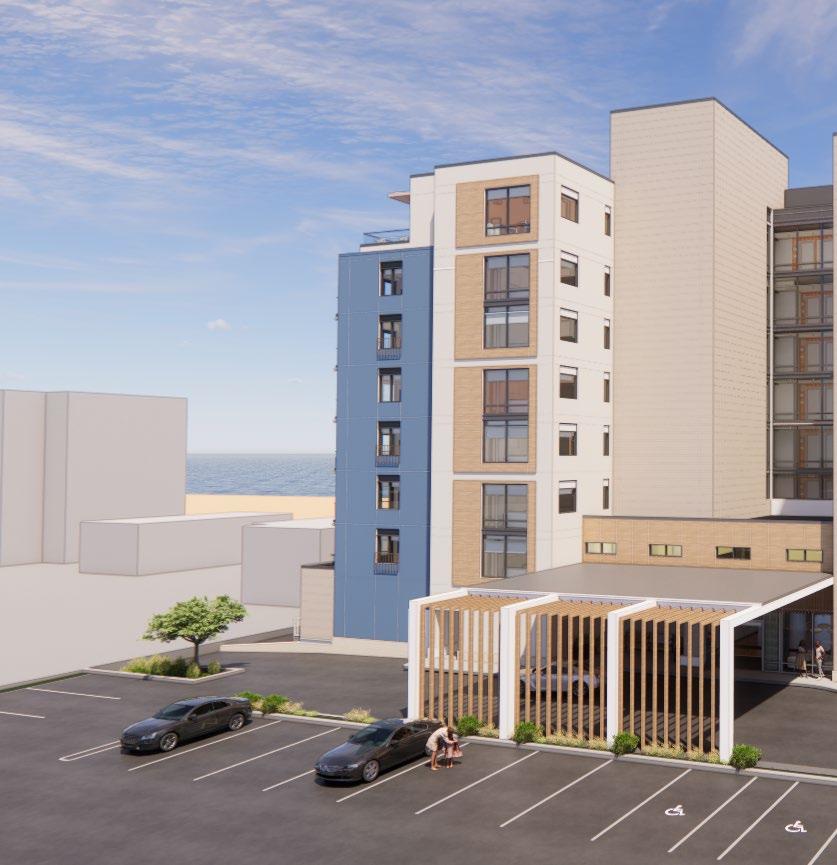
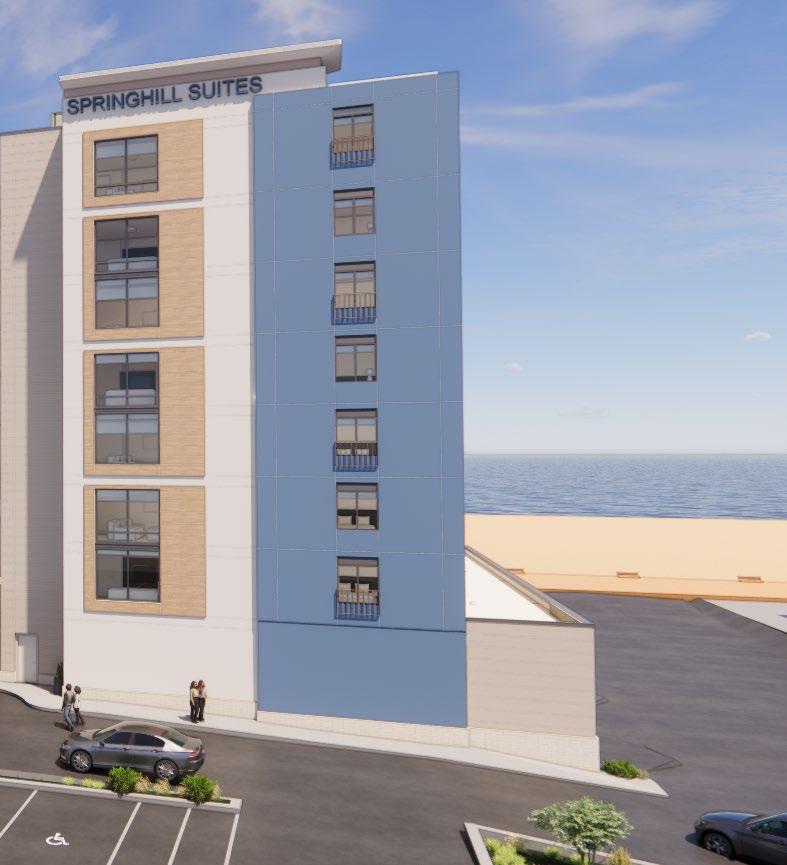

Goal : Create a new vacation hotel on Ocean City’s Boardwalk that is fresh to the architecture of the area but also respects the existing context. The client wanted this hotel to be a more luxurious option among the other boardwalk offerings but still approachable to the everyday vacationing family.
Intervention : We used a simple geometry to keep approachability and fit into the context along with using stucco, a common building material of the coast. We then used wood look panels to create different accents to elevate the exterior and add warmth. Finally we added a touch of blue to add a bit more color and fun into the exterior as while creating this blue color story that was sprinkled within the interior as well.


Goal : Have portico connect to interior design
Intervention : Portico and interior ceiling treatment mirror each other but on different scales to help transition from car centric scale to human






teaching library/multipurpose space at gallaudet univeristy completed winter 2023 800 florida ave ne, washingotn, dc
With my interest in Deafspace Architecture, this was, even though small in space, a huge honor to be apart of. We transformed an old library in the elementary school for the deaf into a multipurpose space aimed to help teach ASL to educators, first responders, parents, etc. We focused on visual adjacencies, circular oriented lounges, flexible seating, and an open concept space to be inclusive to those who are deaf and hard of hearing.
Role: Architectural Designer in team of 1 Interior Designers and 1 Project Manager
Involvement : Concept to Schematic Design
Programs Used : Revit, Enscape, Adobe Suite








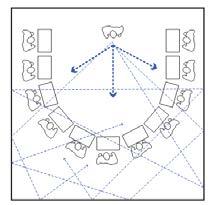
ihg hotels new hotel brand completed spring 2024 prototype package
I had the privlege of being on the team that designed a new hotel prototype package for IHG Hotels’ Garner. Owners would buy into the Garner brand and receive our drawing package, therefore we designed for flexibility specifically.
As a team, we took the brand pillars and focused on creating a kit of parts that could be used for any level of renovation. My role for most of the project was assisting in the Revit modeling and creating presentations that could easily reflect our ideas. Additionally, I lead the design and presented the final exterior design of the Garner brand hotels. Not every Garner will look exactly the same but every one will be using the prototype package we carefully crafted.
Role: Architectural Designer in team of 3 Interior Designers and 1 Project Manager
Involvement : Concept to Design Development Programs Used : Revit, Enscape, Adobe Suite


POWER / WIRE MANAGEMENT FOR LIGHT ALONG RAIL BACK SIDE
RAIL USED AS CONTINUOUS DESIGN THREAD PULLED THROUGHOUT ROOM
ADDT’L LINEN STORAGE AS REQ’D

OPTIONAL MINI FRIDGE (+ MICROWAVE) MODULE
PANEL TO CONCEAL IRONING BOARD
MULTI-USE BENCH/CUBBY
PANEL AT TV FOR WALL PROTECTION & TO CONCEAL INCONSISTENCIES IN TV POWER PLACEMENT

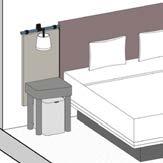
COLOR MOMENT @ BAR
OPEN LEG NIGHTSTAND PROVIDES LIGHTER VISUAL WEIGHT & FOR STORAGE OF POOF
SOLID VERSION OF NIGHTSTAND @ OPEN SIDE OF HEADBOARD FOR BALANCE
annex to the library of congress integrated building design / spring 2022 partner project w/ char potin studio 402 / mark lawrence judiciary square, washington, dc
At the intersection of two prominent neighborhoods in Washington, DC, the Annex of the Library of Congress bridges both the traditional monumental library with the dynamic technological era by creating open spaces and emphasizing the public stacks. The book stacks become the circulation, allowing the user to feel connected to the material. The sustainable strategies alleviate the building’s carbon footprint by harnessing daylight, capturing storm water and boosting ventilation. The Annex invites the public into the otherwise private and restrictive federal realm.
Awards : Binkley Award for Exellence in Environmental Design 3rd place out of studio of 50 peers



connection between Judiciary Squre and Gallery Place














Quiet/Scholar Reading Room
Media/Private Reading Rooms Office/ Conference
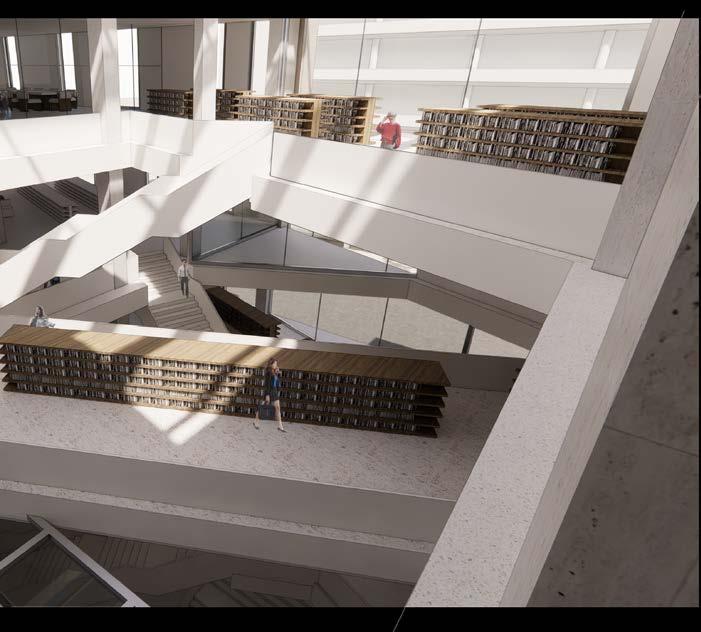

Media/Private Reading Rooms
Teen/Kid Reading Room
Solar Panels, 147 solar panels on the roof which each will produce around 250 to 400 watts each to total at least 36,750 watts an hour
Fire Shutter, encloses the basement and fourth floor from the attrium to protect from smoke in case of fire
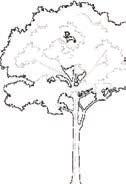
Effective Electric Daylight Bulbs, cost and energy effective in conservation. LED lights also contain no toxic elements or environmental contaminants.
Natural Daylight, atrium allows daylight to filter into the building and reach every floor even reaching the basement.
Natural Ventilation, operable windows to assist sack effect. to stabilize the indoor climate in the atrium.
WELL : Monumental Staircase, a convenient way to incorporate short periods of physical activity into the workday, thus reducing sedentary tendencies.
Green Roof, helps reduce the urban heat island effect & is reprise from city life.


Rainwater Harvesting Cistern, helps reduce the building’s water consumption. Can hold up to 900 cubic feet of water. The site will get 2,456 cubic feet of water per one inch of rainfall. & DC gets 43 inches of rainfall a year.
Bike Racks, promotes the use of bikes & reduces carbon emissions.








diagram of biology, production, and use fall 2021 two week project studio 401 / adam ainslie & andrew linn
I researched the willow tree’s biology, production, and use as an architectural material. Throughout this structural and functional analysis of the willow in these lenses, I used hand drawings to establish a diagrammatic language for the semester. I sharpened my skills to communicate quickly and accurately through hand drawings and diagrams.
This exercise challenged me to think abstractly about representing the world around me in 2 dimensional drawings. I then used this method to create a 3 dimensional space in the same language for my semester building design and master plan.

growth, seasons, roots

harvest, boiling, stripping, and bumdling






structure, properties


garden center fall 2021
studio 401 / adam ainslie & andrew linn front royal, va
This project extended my willow research, shown previously by using the design language adapted from it. The task was to revitalize the Virginian town of Front Royal and to develop a thesis based on bringing the people back to the Shenandoah River. I studied food supply in the town and determined the need for another grocery store and a shift to a healthier lifestyle through an emphasis on nature and healthy food. My solution is a modern garden center that does more than just sell plants. There is a farm-to-table restaurant, an event space, a local goods market, a nursery, an educational kitchen, an orchard and a berry farm; connected by meandering paths throughout the site to encourage people to enjoy nature and explore the grounds.
Awards : Honorable Mention in Cardinal Patrick O’Boyle Competition amongst seniors and graduate students (approx 70 students)

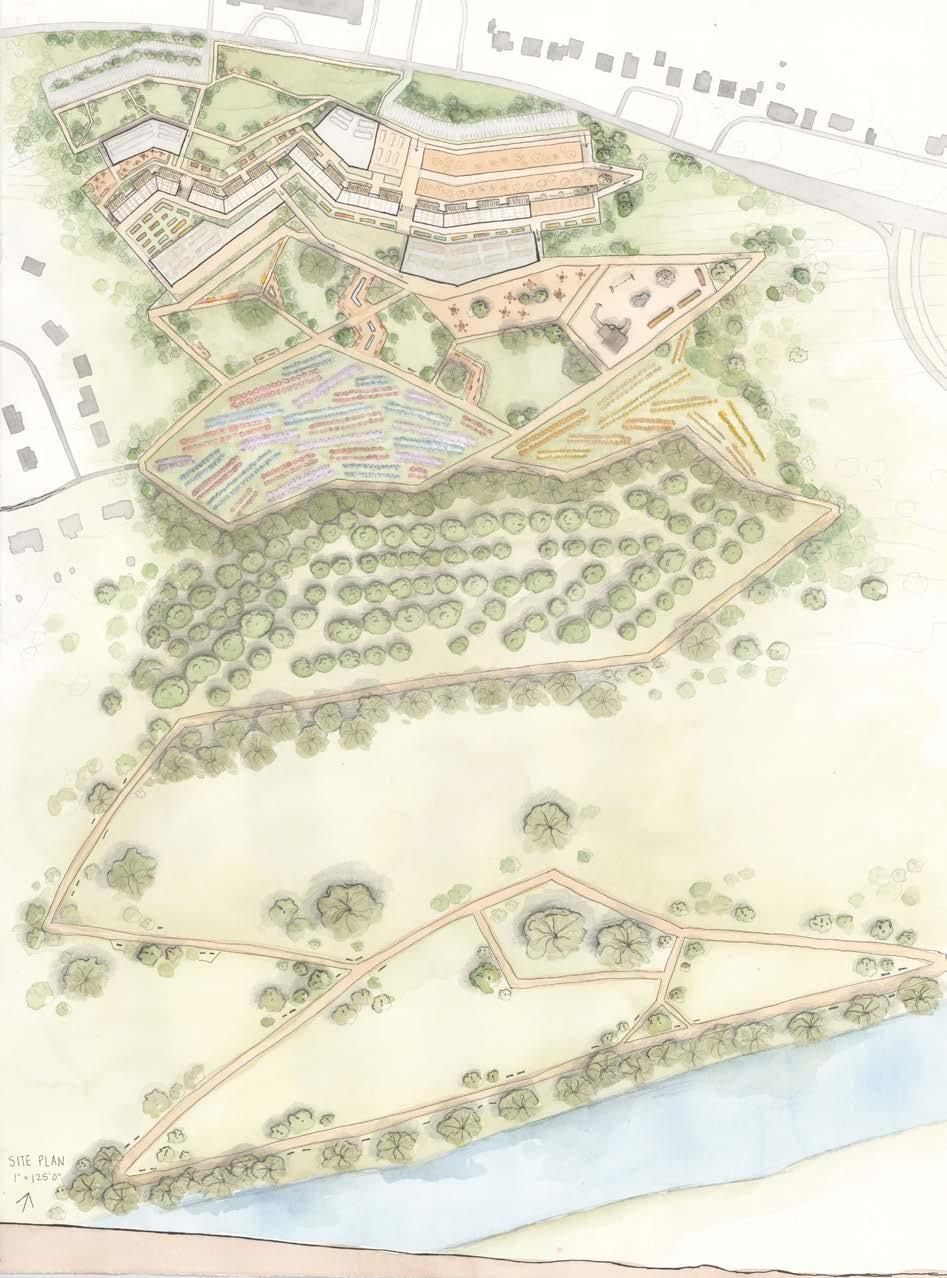
My final presentation was composed of 4 hand-drawn and painted watercolor papers measuring 22” by 30” each. I chose this unique appproach to my presentation and used the delicate nature of watercolor to highlight the richness of nature and the natural beauty of the garden center.
I layered the drawings and paintings to emphasize the concept of weaving that came from my willow tree research. This word weave was very important in my project and is the inspiration for my overall garden design.
The project was anchored by a greenhouse spine that follows the natural topography. This spine allows people to observe the workings of a greenhouse while walking & enjoying the natural beauty of the area.


As shown in this section, the garden center takes advantage of the topography by being built into its slope. This helps the structure to harness the southern sun and take advantage of earth sheltering spaces for storage.
The two perspectives show the observation level above and the interactive layer below the greenhouse.
recreation center fall 2020
studio 301 / douglas palladino georgetown, washington, dc
With the goal of connecting Rose Park and Rock Creek, this structure is built into the hill that was previously unused and acts as a barrier between the two parks. The structure uses its form to reach into the landscape and allow for reflective travel between the parks. Each level focuses on a certain aspect of healthy living: garden and food, community building, and individual growth.


paths that bring you to each level and take you into the landscape
double height spaces for circulation

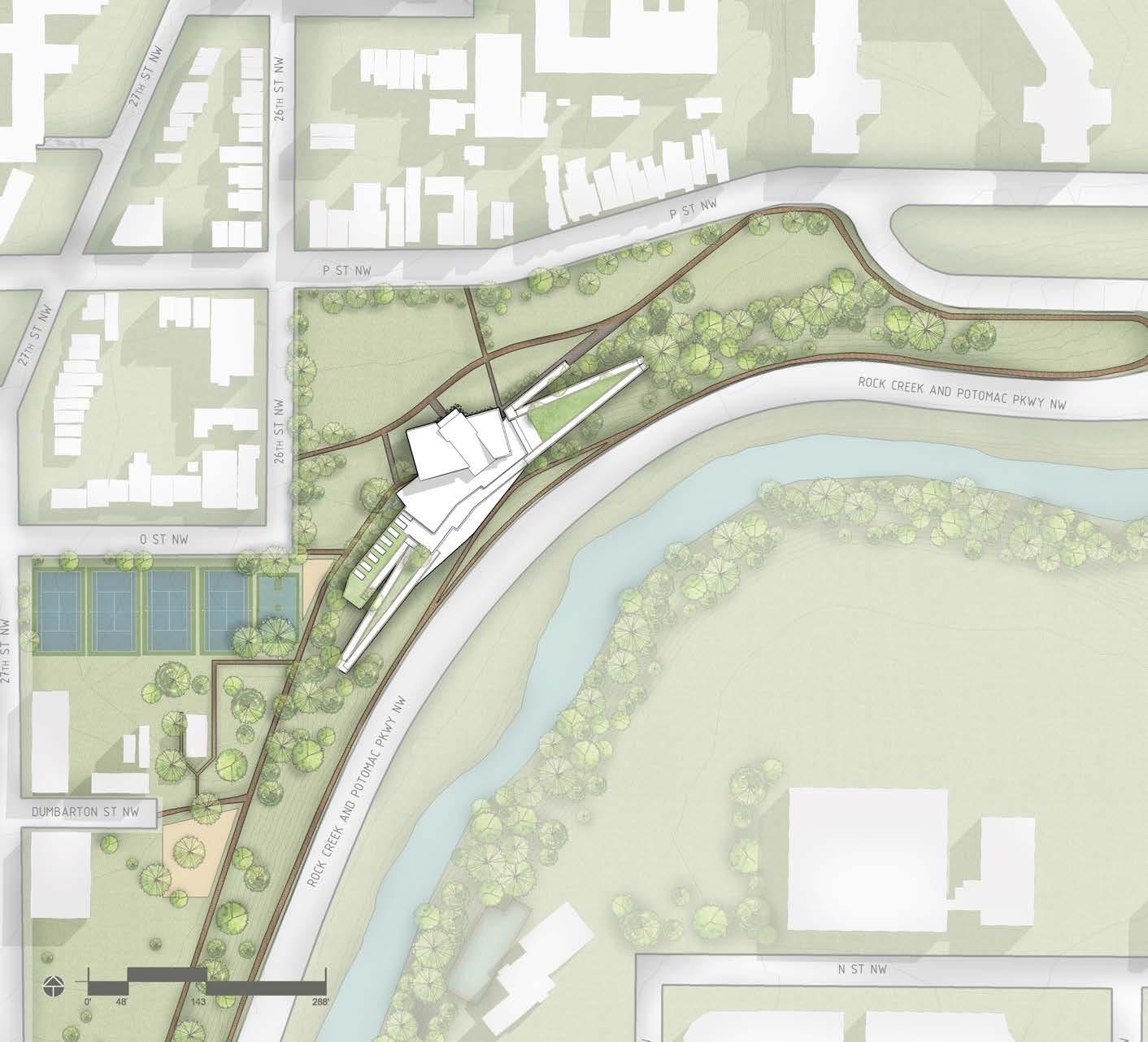








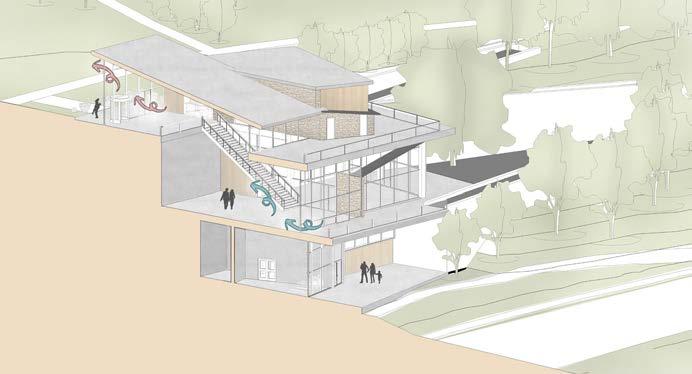


I have always been someone who likes to create things. I started sewing when I was in high school, and even started a small business selling hand sewn headbands - using the funds to buy my prom dress. In college, I took up watercolor and began selling my art to a local craft store. My current passion is crocheting and pottery. I see both of these as ways to connect back to my creative side after a long day of tinkering in revit. All of my hobbies have allowed me to flex my design muscle on a smaller scale and continue to be a fun outlet to keep creating things outside of architecture.



